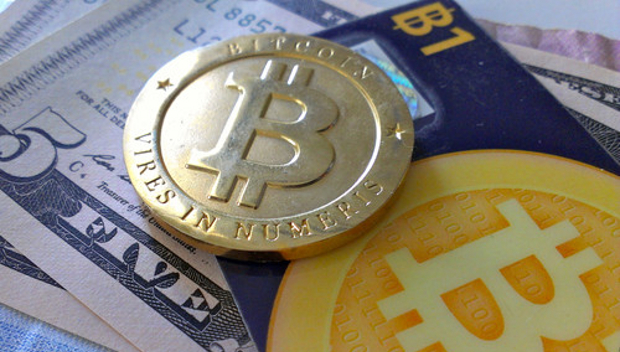Bitcoin is wildly confusing. And here’s the bad news: the fact you’re reading this now means you’re late to the game, and it’s going to be tough to turn a profit in Bitcoin mining.
Following a ropey period in 2016, Bitcoin’s value has recovered and actually surpassed the value of gold. Right now it’s at €9,583, but touched an all-time high of €11,000 over the weekend.
But despite this Bitcoin is said to be under threat from several newer crypto-currencies, including Ethereum.
Nevertheless, if you want to try your hand at mining bitcoins, here’s a beginner’s guide.
What is Bitcoin?
Bitcoin is a digital currency that operates independently of a central bank. Encryption is used to regulate both the generation of Bitcoin units and the transfer of the currency.
If you’re excited, check out our guide to buying Bitcoins as well as the best Bitcoin exchanges where you can invest them.
What is Bitcoin worth?
In essence, the more bitcoins mined or ‘found’, the harder it is to ‘find’ more coins. While once it may have been possible to use a high-powered PC at home to mine Bitcoin on its own, the sheer popularity of mining Bitcoin means it’s viable only to join a pool. This is where your computer works alongside others to mine bitcoins.
Without getting bogged down with the technicalities, the groups of computers in a Bitcoin pool are crunching numbers to mine a block. For every block mined, you get 25 coins.
Can you get rich with Bitcoin?
As we mentioned, these days it’s difficult to turn a profit mining Bitcoin. But it has been known, especially for early adopters.
For example, the Guardian reports on how a Norwegian man’s small investment in Bitcoin turned into a windfall four years later.
“Kristoffer Koch invested 150 kroner (€20) in 5,000 bitcoins in 2009, after discovering them during the course of writing a thesis on encryption. He promptly forgot about them until widespread media coverage of the anonymous, decentralised, peer-to-peer digital currency in April 2013 jogged his memory,” reports the Guardian. At which point, they were worth a small fortune at $886,000.
Get started with Bitcoin mining and generate your own bitcoins
Let’s say you try and mine a block of bitcoins with just one home PC. This is a bad idea: the electricity costs will be higher than the money you make from any mined bitcoins and you may have to wait months – or longer – before you get any return. By joining a pool, you should get smaller payments more regularly.
However, you could still end up out of pocket even if you join a pool such as Slush’s Bitcoin pool – one of the most popular ones. When a block is completed, you get a share based on the number of other ‘workers’ who helped mine the block. A fee – around 2% – will be deducted from this, and you could well earn only half the amount you’ve spent in electricity costs.
Of course, if you’re able to run the mining software on a computer for which you don’t pay the electricity bill, you might be quids in (but we don’t recommend running it on your work PC).
So, if you’re still interested, here’s a step-by step guide to Bitcoin mining:
Step 1. You’ll need a ‘wallet’ to start with. This is a bit like a PayPal account where your bitcoins can be stored. You can store this wallet online, or locally on your PC. You’ll need to download a large ‘blockchain file’ to use a wallet. For an online wallet, you might like to try coinbase.com. With a coinbase account, you can buy, use and accept Bitcoin currency.
Step 2. Join a pool, such as Slush’s Bitcoin pool. There’s always a danger that the pool owner might keep all 25 bitcoins when a block is mined, since the whole 25 coins are paid to one person: the pool owner.
You’ll need to choose a trustworthy pool owner. Slush’s pool was the first and has been operating since December 2010. By the site’s own words, it has a “a long history of stable and accurate payouts”.
Step 3. Install a Bitcoin ‘miner’ on your PC. There are two types: CPU and GPU. For beginners, Kiv’s GUI miner is recommended. You can find out more about how to use Kiv’s GUI miner here.
Step 4. Log into your Bitcoin pool account, and enter your wallet address. You will be able to get this by checking your wallet account which you created in step 1.
Step 5. Register your workers. Each worker is a sub-account within your Bitcoin pool account. You can have more than one worker running on each computer.
Step 6. Enter your worker credentials into your Bitcoin mining software, and then enter the main pool URL so your workers can start mining.
IDG News Service







Subscribers 0
Fans 0
Followers 0
Followers